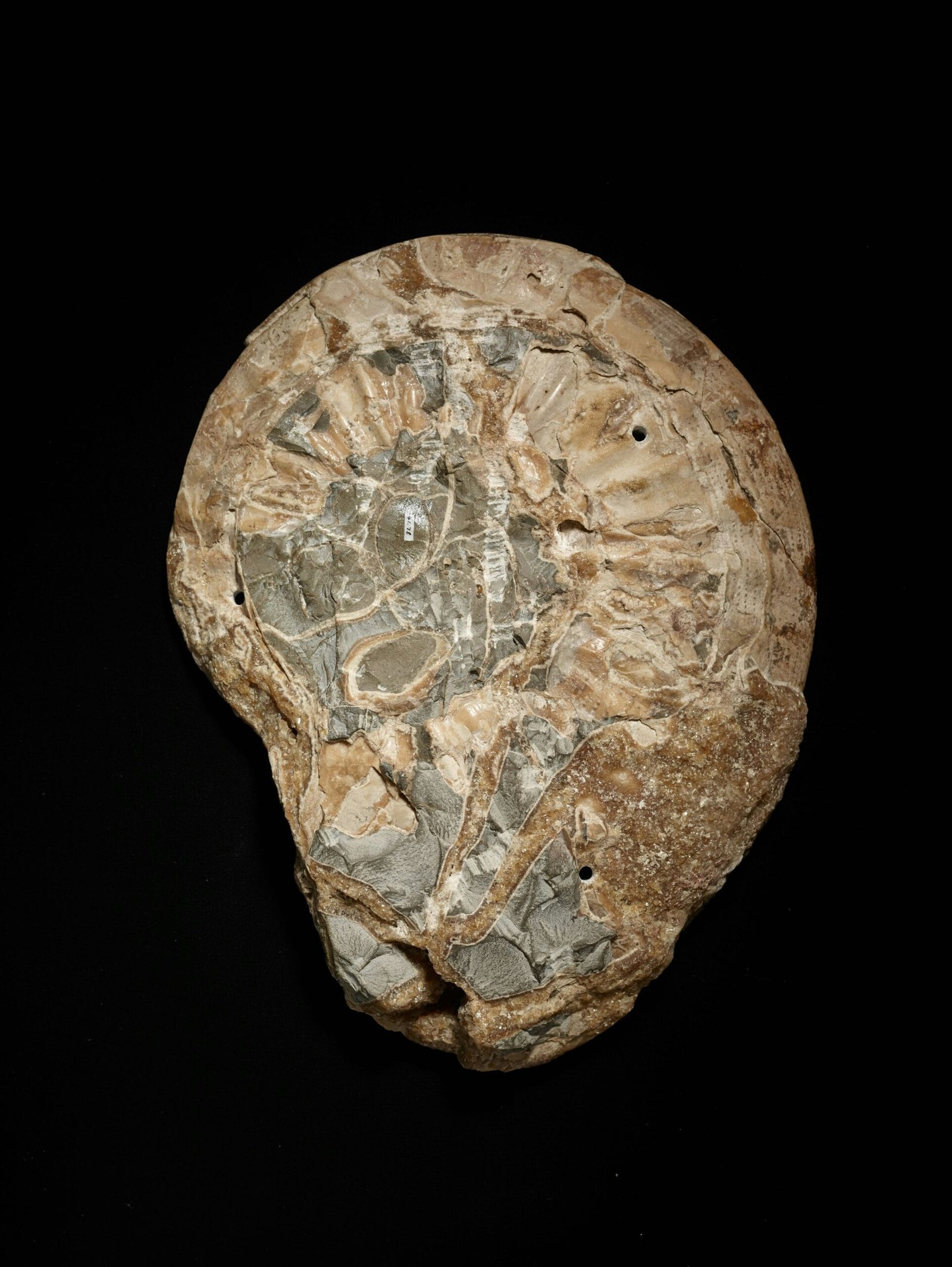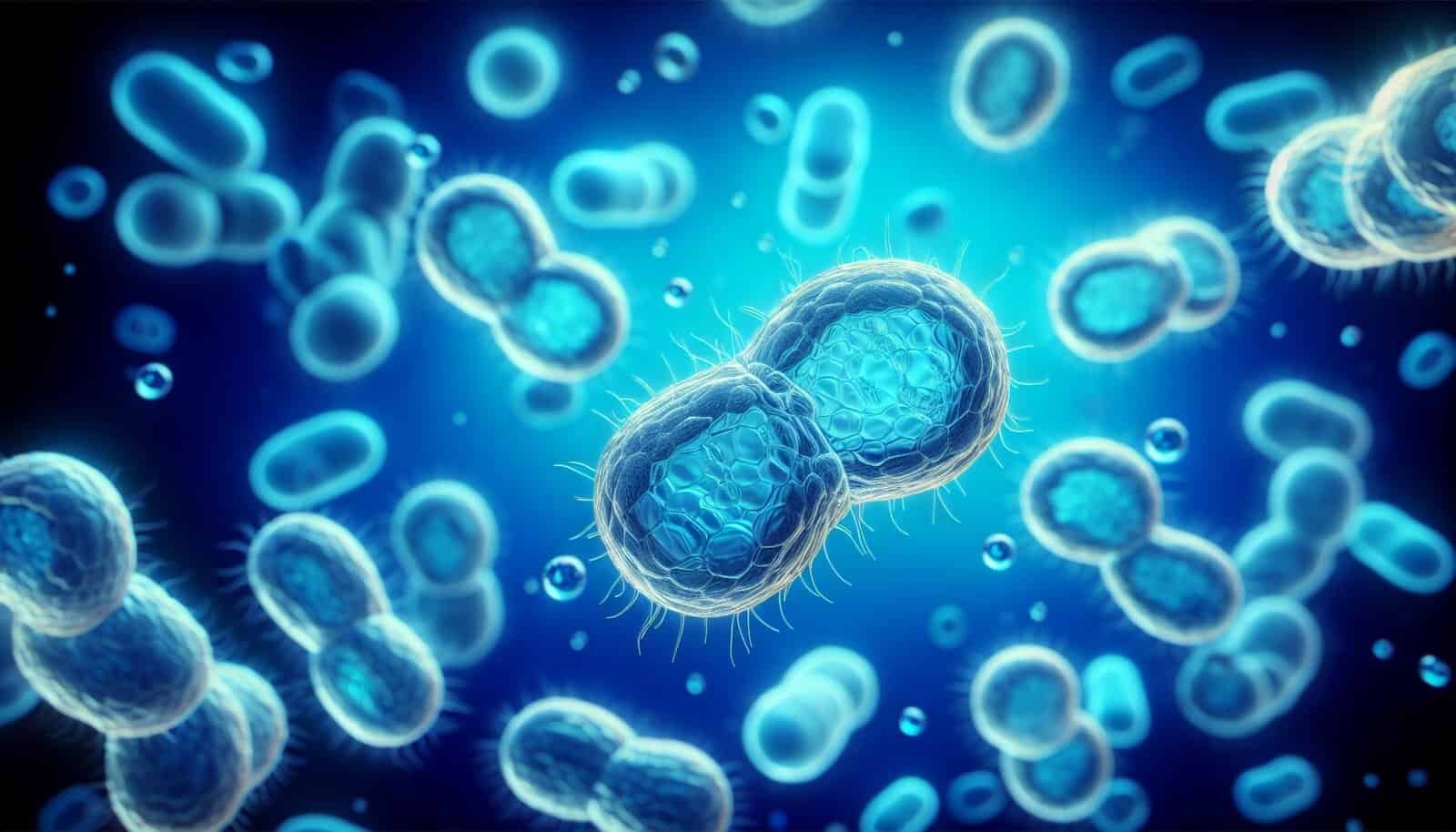Have you ever wondered if your well water is truly safe to drink? You might have heard of various contaminants that can affect water quality, but one name that pops up often is Cryptosporidium. It’s a difficult name to pronounce, but understanding what it means for your water could be crucial for your health. Let’s chat about whether Cryptosporidium poses a genuine threat to well water safety.
Understanding Cryptosporidium
Cryptosporidium is a microscopic parasite that causes the diarrhea disease known as cryptosporidiosis. These pesky organisms are well-known for their resilience and have been responsible for numerous waterborne disease outbreaks. Understanding how they operate and how they might infiltrate your well is essential for safeguarding your water supply.
What is Cryptosporidium?
Cryptosporidium is a genus of protozoans that can infect several hosts, such as humans and animals, leading to gastrointestinal illness. The parasite exists as an oocyst, which is a spore-like stage, making it highly resistant to disinfection. Its tough shell allows it to survive in the environment, including water, for a long time.
Where Does Cryptosporidium Come From?
The primary source of Cryptosporidium is the fecal matter of infected humans and animals. This parasite can spread through contaminated water, surfaces, food, and even direct contact with infected persons or animals. In the context of well water, contamination often occurs when runoff from nearby areas, possibly containing animal waste, seeps into the water supply.
How Does it Spread in Water?
Cryptosporidium oocysts are incredibly hardy, capable of surviving in chlorine-treated water that’s commonly used in municipal supplies. When they find their way into well water, usually through surface runoff, these oocysts can contaminate the water supply, making it unsafe for consumption.

Symptoms of Cryptosporidiosis
Recognizing the symptoms of cryptosporidiosis is key to seeking appropriate treatment. While the illness is generally self-limiting in healthy individuals, it can be more severe in young children, the elderly, and those with weakened immune systems.
Common Symptoms
The most typical symptoms include watery diarrhea, stomach cramps, slight fever, nausea, and vomiting. These symptoms can appear as early as two days after infection and may continue for up to two weeks. Because symptoms overlap with other gastrointestinal illnesses, it’s often necessary to involve medical professionals for accurate diagnosis.
Who is at Risk?
While anyone can contract cryptosporidiosis, those with compromised immune systems are at greater risk. Individuals with HIV/AIDS, undergoing cancer treatment, or those who have received an organ transplant should be particularly cautious with their water sources.

Assessing Well Water Safety
Ensuring well water safety involves proactive testing and regular maintenance. Knowing what steps to take can help mitigate the risk of Cryptosporidium contamination.
Regular Testing of Water
Regular testing of well water is crucial for detecting contaminants like Cryptosporidium. Ideally, water should be tested at least once a year, or more frequently if there are known changes in the surrounding environment, such as significant flooding or nearby animal activity.
Understanding Test Results
Water testing labs can provide comprehensive results that indicate the presence of various contaminants. It’s important to look for coliform bacteria levels as a primary indicator of possible fecal contamination. Though specific testing for Cryptosporidium isn’t always standard, it can be requested if suspected.
Prevention and Maintenance
Prevention is better than a cure, and maintaining the integrity of your well is an effective preventive measure. Seal any visible cracks in your well cap and casing, and ensure proper drainage away from the well to minimize runoff contamination.

Treating Contaminated Water
If tests indicate contamination, there are effective treatment methods to eliminate Cryptosporidium and enhance water safety.
Boiling Water
Boiling water is a simple, effective way to kill Cryptosporidium oocysts. Bringing water to a rolling boil for at least one minute (or three minutes at higher altitudes) ensures that the parasites are inactivated.
Filtration Systems
Installing a reliable filtration system tailored to remove protozoans can also be beneficial. Look for filters certified by organizations like NSF International, specifically rated for parasite removal.
Chemical Disinfection
While Cryptosporidium is notably resistant to standard chlorination, chemical disinfection using ultraviolet light or ozone treatment can be effective alternatives for deactivating the parasite in well water.

Understanding Regulations and Standards
There are various guidelines and standards set to ensure water safety. Familiarizing yourself with these can empower you to make informed decisions about well maintenance and water treatment.
Safe Drinking Water Act
The Safe Drinking Water Act (SDWA) is crucial for understanding water quality standards. While it primarily focuses on public water systems, private well owners can use its guidelines to ensure their water’s safety aligns with public systems.
Recommendations by Health Agencies
Organizations like the Centers for Disease Control and Prevention (CDC) and the Environmental Protection Agency (EPA) offer extensive resources and guidelines on maintaining well water safety against contaminants like Cryptosporidium. These recommendations are invaluable in crafting a reliable approach to water safety.

Conclusion
While Cryptosporidium presents a credible threat to well water safety, understanding its nature, implications, and preventive measures can substantially mitigate risks. Regular testing, intelligent preventive measures, and responsive treatment methods can safeguard your well, ensuring that the water you consume is not only safe but also healthy. Remember, being informed and proactive is your best defense against potential water contaminants. So, how secure do you feel about your well water now?
